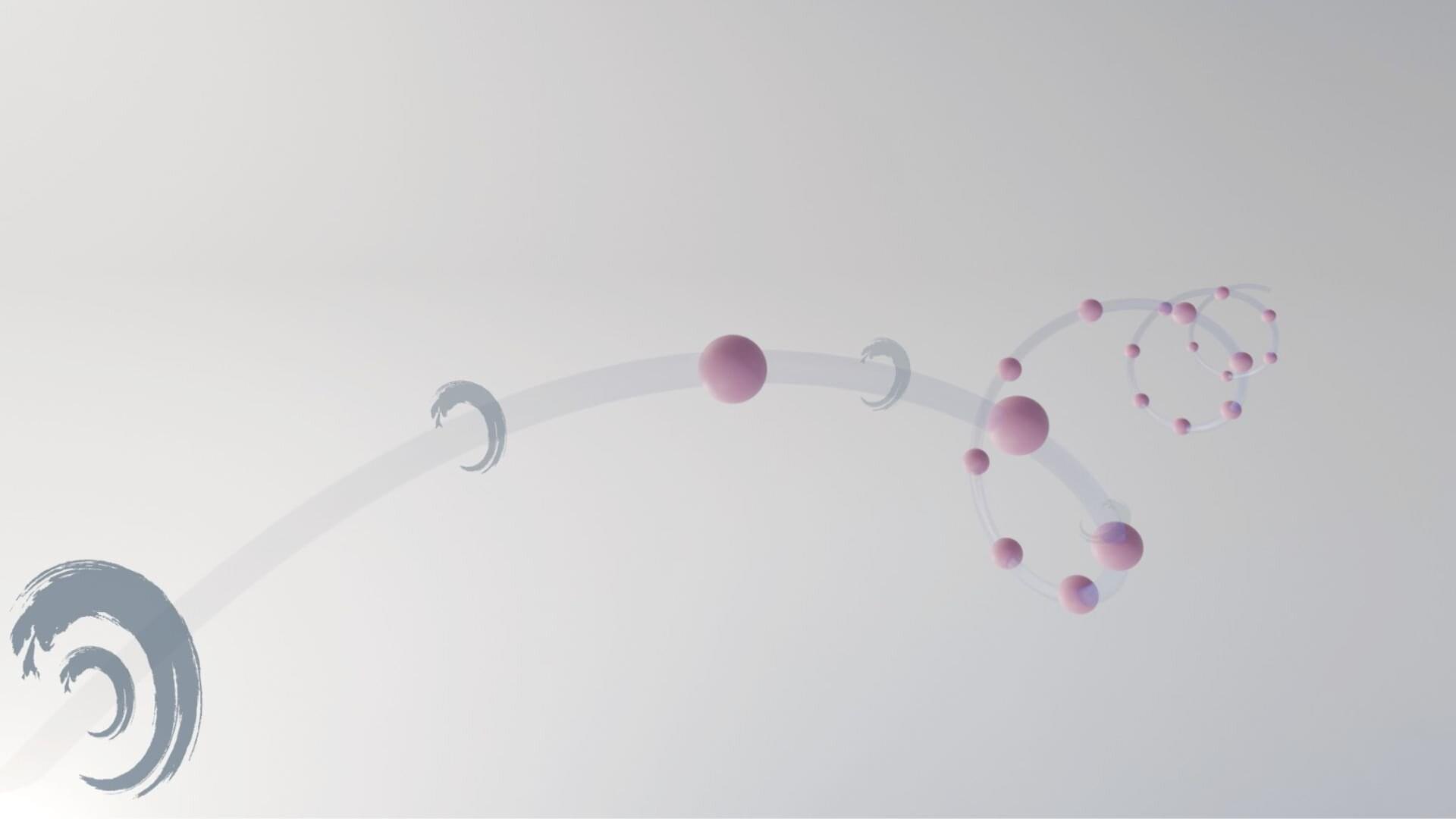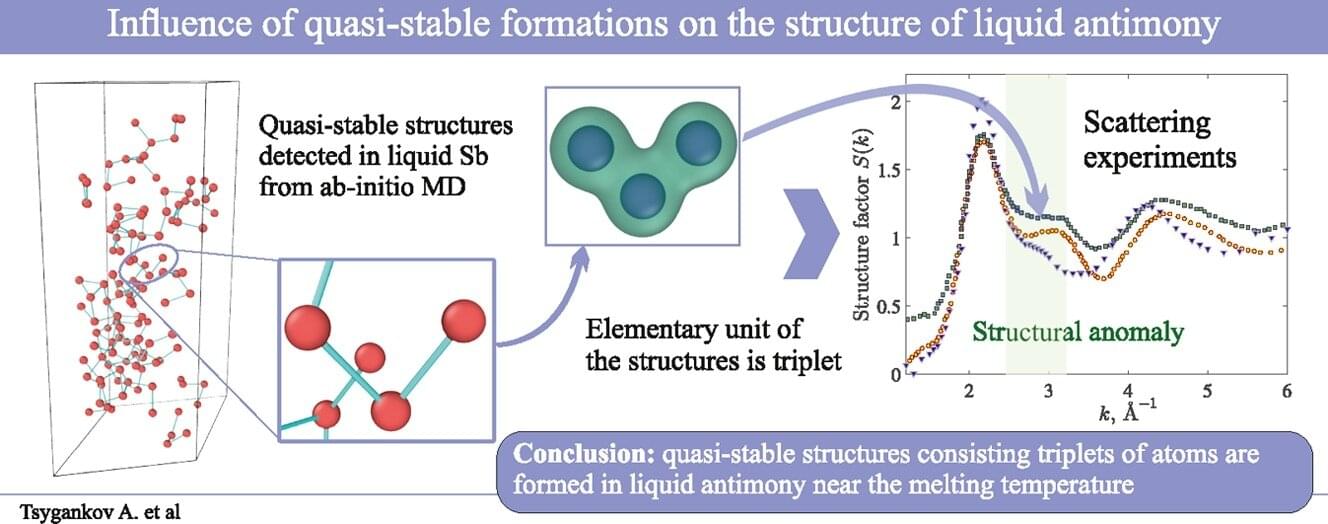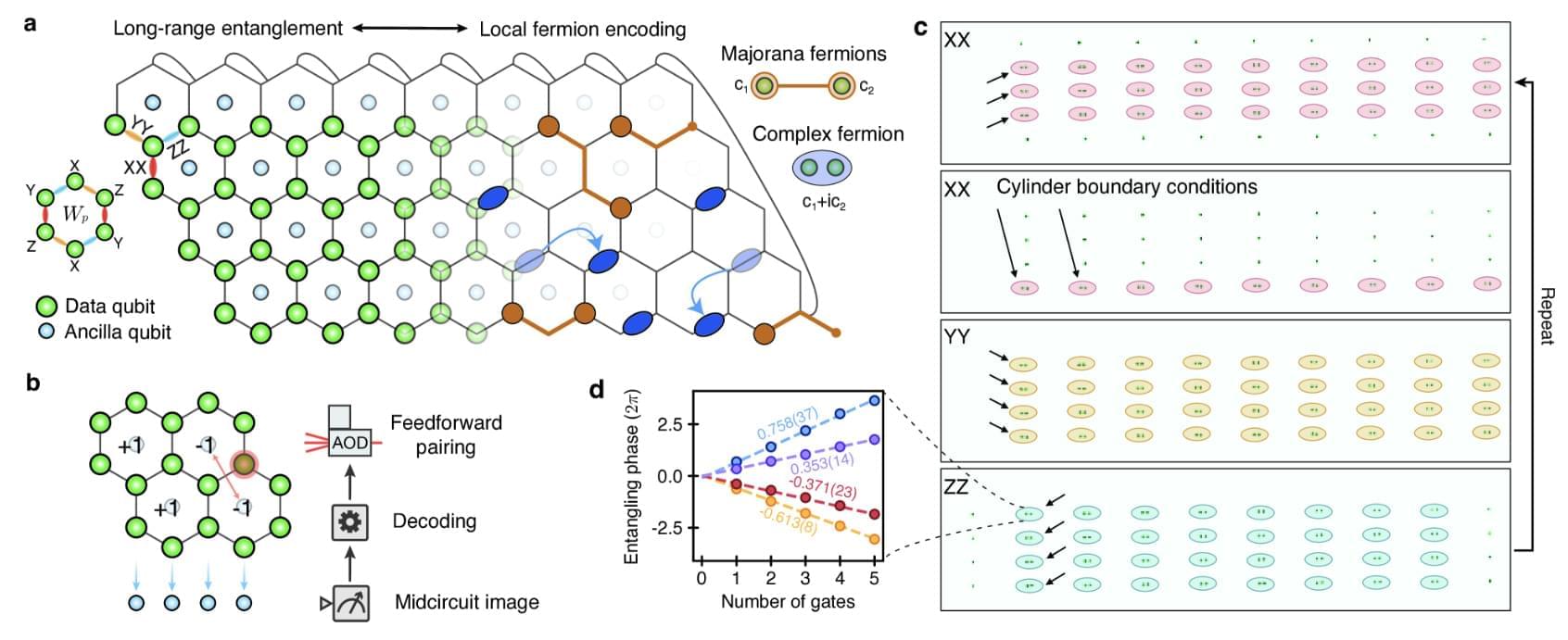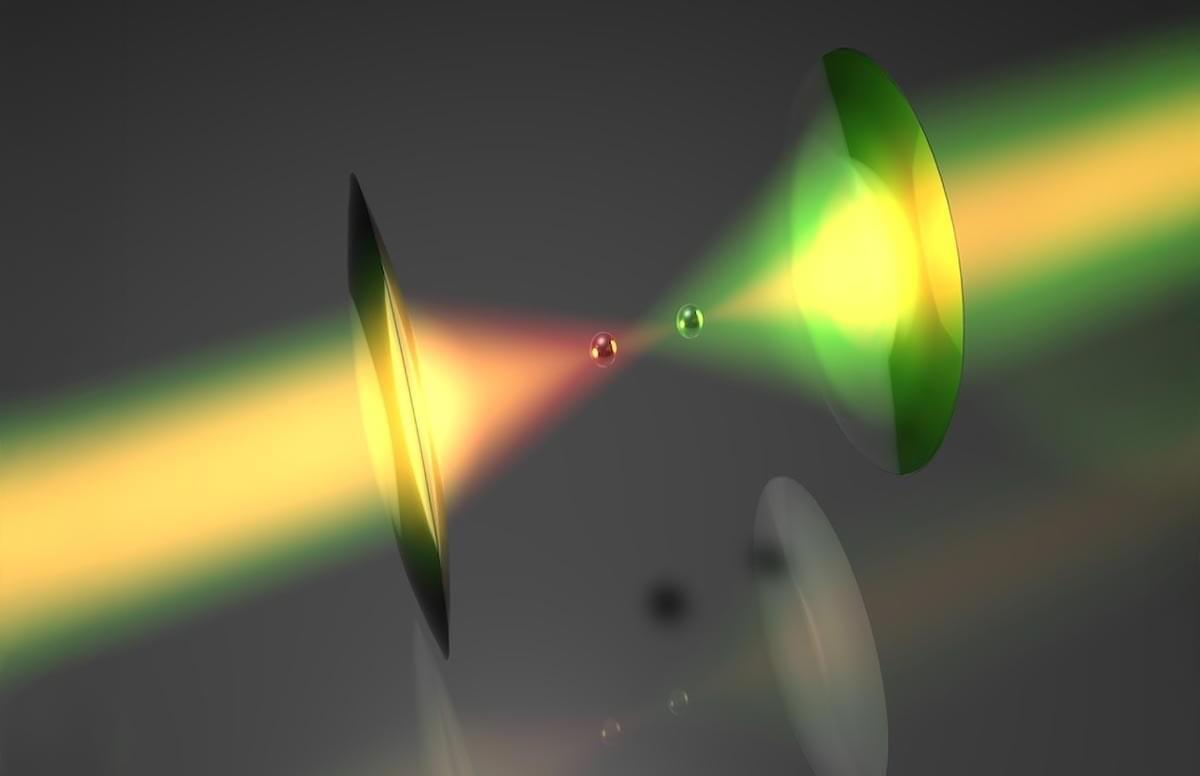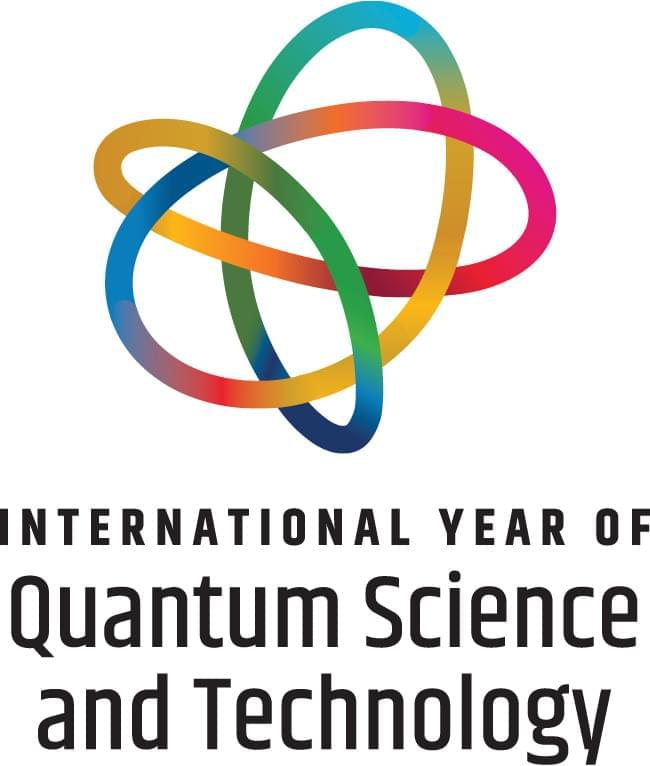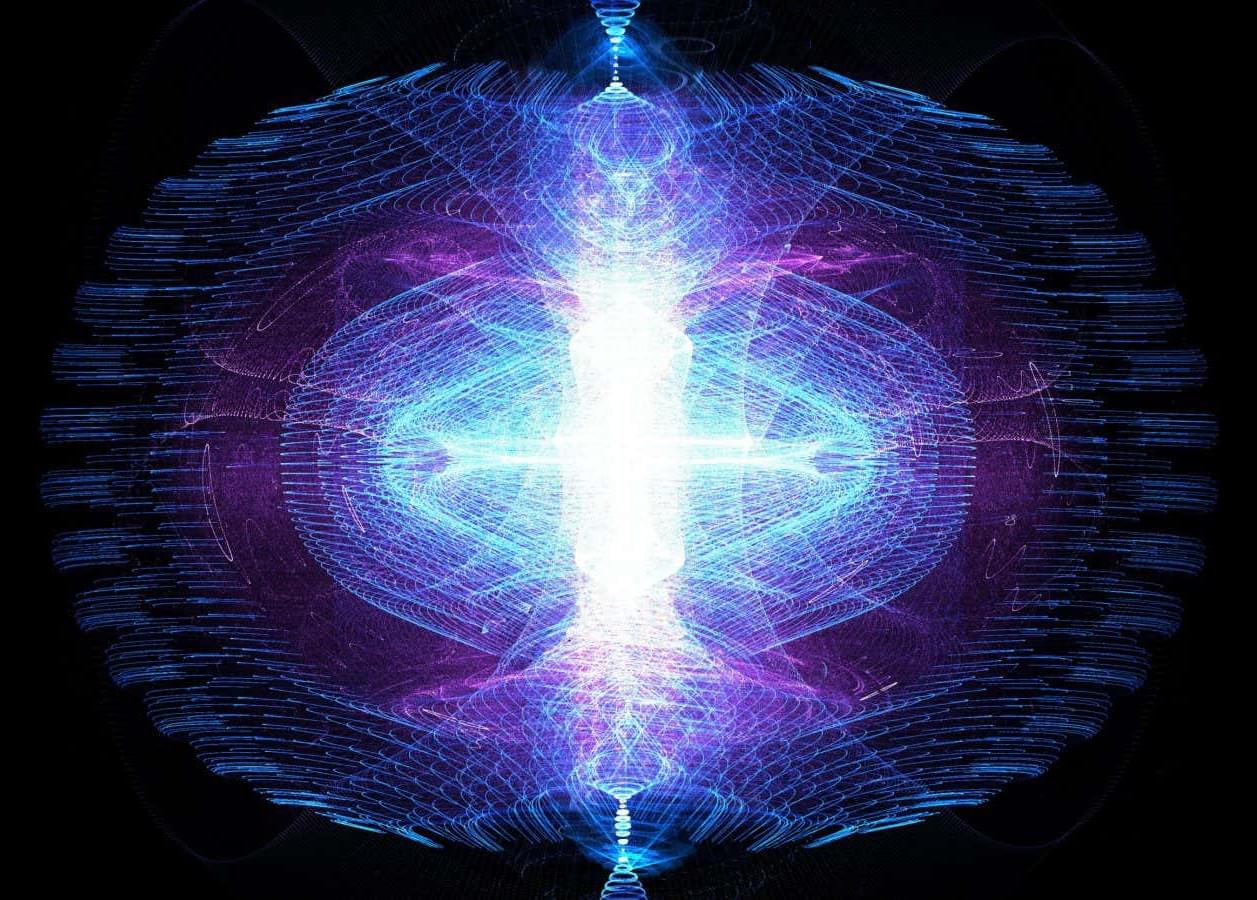The fundamental principles of thermodynamics have long been a cornerstone of our understanding of the physical world, with the second law of thermodynamics standing as a testament to the inexorable march towards disorder and entropy that governs all closed systems. However, the realm of quantum physics has traditionally appeared to defy this notion, with mathematical formulations suggesting that entropy remains constant in these systems.
Recent research has shed new light on this seeming paradox, revealing that the apparent contradiction between quantum mechanics and thermodynamics can be reconciled through a nuanced understanding of entropy itself. By adopting a definition of entropy that is compatible with the principles of quantum physics, specifically the concept of Shannon entropy, scientists have demonstrated that even isolated quantum systems will indeed evolve towards greater disorder over time, their entropy increasing as the uncertainty of measurement outcomes grows.
This breakthrough insight has far-reaching implications for our comprehension of the interplay between quantum theory and thermodynamics, and is poised to play a pivotal role in the development of novel quantum technologies that rely on the manipulation of complex many-particle systems.
